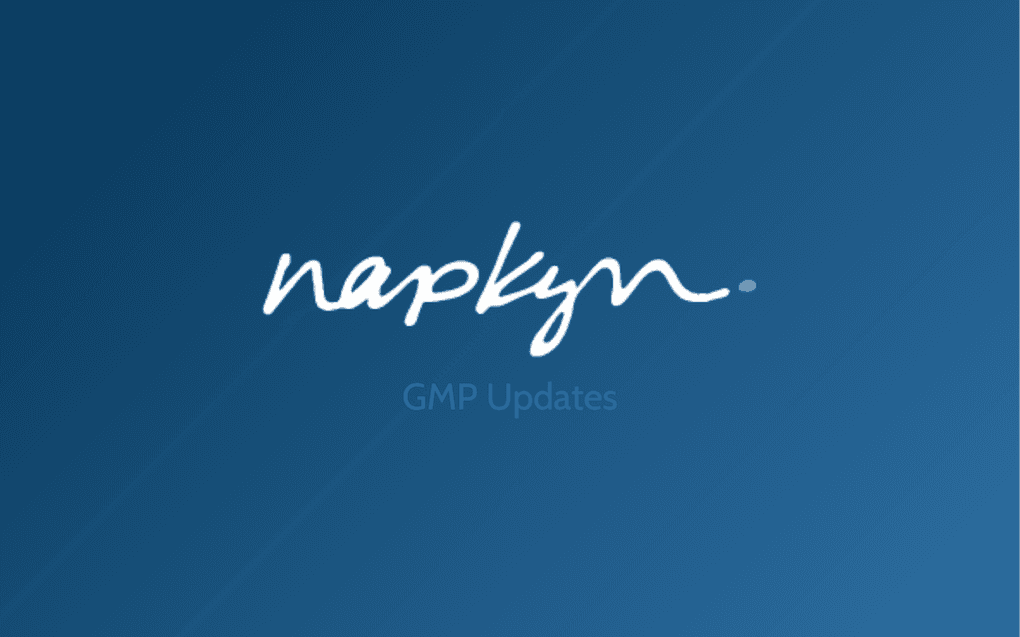Cookieless Behavior-based Attribution (BBA) with Google Marketing Platform and Cloud
Cricket Wireless + Napkyn
Challenge
The upcoming data tracking changes from most browsers will cause some serious issues with current attribution models, whether it’s a simple last-click or a more sophisticated data-driven multi-touch affair (i.e. MTA, MMM). Many active attribution programs are at risk of being made redundant in the cookieless world.
The absence of cookies and other privacy developments make it more difficult to track user behavior across a wide array of platforms. Marketers must change how they approach attribution, or risk falling behind in this incredibly important facet of marketing.
The upcoming data tracking changes from most browsers will cause some serious issues with current attribution models, whether it’s a simple last-click or a more sophisticated data-driven multi-touch affair (i.e. MTA, MMM). Many active attribution programs are at risk of being made redundant in the cookieless world.
The absence of cookies and other privacy developments make it more difficult to track user behavior across a wide array of platforms. Marketers must change how they approach attribution, or risk falling behind in this incredibly important facet of marketing.
Solution
Behavior-based attribution (BBA) model is a great alternative to multi-touch attribution in the cookieless world. It evaluates the channels/campaigns that have led the user to the web/conversion using the exported data from GA360/GA4 into BigQuery by analyzing their behavior on the site and cross-referencing all of the information to reflect the entire activities and purchase cycle, through the power of machine learning/AI.
Building an ML model can be a complex task. Napkyn Leverages GMP & GCP to build the BBA model from data collection to model deployment and visualization. All of those steps are implemented inside GCP/BQML.
To know the real efficiency of each channel/campaign, the invested budget is factored into the BBA analysis. This analysis shows if the contributors are over-performing or underperforming by comparing the cost versus revenue. The analysis allows the marketing team to optimize the budget planning for the future.
Behavior-based attribution (BBA) model is a great alternative to multi-touch attribution in the cookieless world. It evaluates the channels/campaigns that have led the user to the web/conversion using the exported data from GA360/GA4 into BigQuery by analyzing their behavior on the site and cross-referencing all of the information to reflect the entire activities and purchase cycle, through the power of machine learning/AI.
Building an ML model can be a complex task. Napkyn Leverages GMP & GCP to build the BBA model from data collection to model deployment and visualization. All of those steps are implemented inside GCP/BQML.
To know the real efficiency of each channel/campaign, the invested budget is factored into the BBA analysis. This analysis shows if the contributors are over-performing or underperforming by comparing the cost versus revenue. The analysis allows the marketing team to optimize the budget planning for the future.
Results
A Cookieless Solution: BBA is built based on the user’s online behavior and not only the final conversion (transaction). Even if the data is lost due to cookie restrictions, the model won’t be impacted as much as the other attribution models. It’s way less vulnerable to cookie deprecation.
Speed, Accuracy & Granularity: The contribution of each channel/campaign is calculated by a machine learning algorithm which is faster to implement and more accurate in comparison with rule-based (custom) methods. You can run BBA analysis at a more granular level, meaning it can be used at both the channel/medium/source level and campaign level.
Optimization & Forecasting: In contrast to other attribution models, BBA is not retrospective. That means it tells us about the current performance of channels/campaigns and how much you’re earning from each campaign/ad in comparison to your costs. That helps marketing executives and campaign managers easily review, and determine which campaigns/ads to keep investing in and which to discontinue while campaigns are running.
A Cookieless Solution: BBA is built based on the user’s online behavior and not only the final conversion (transaction). Even if the data is lost due to cookie restrictions, the model won’t be impacted as much as the other attribution models. It’s way less vulnerable to cookie deprecation.
Speed, Accuracy & Granularity: The contribution of each channel/campaign is calculated by a machine learning algorithm which is faster to implement and more accurate in comparison with rule-based (custom) methods. You can run BBA analysis at a more granular level, meaning it can be used at both the channel/medium/source level and campaign level.
Optimization & Forecasting: In contrast to other attribution models, BBA is not retrospective. That means it tells us about the current performance of channels/campaigns and how much you’re earning from each campaign/ad in comparison to your costs. That helps marketing executives and campaign managers easily review, and determine which campaigns/ads to keep investing in and which to discontinue while campaigns are running.
Back to Case Studies


Latest Insights and Education
Latest Insights and Education


Implementing Enhanced Conversions in Google Ads and GA4

Monika Boldak
Associate Director, Marketing
Aug 29, 2024


Why Investing in Proper Google Analytics 4 Implementation is Essential for Maximizing Marketing ROI

Monika Boldak
Associate Director, Data Solutions
Aug 28, 2024
More Insights




